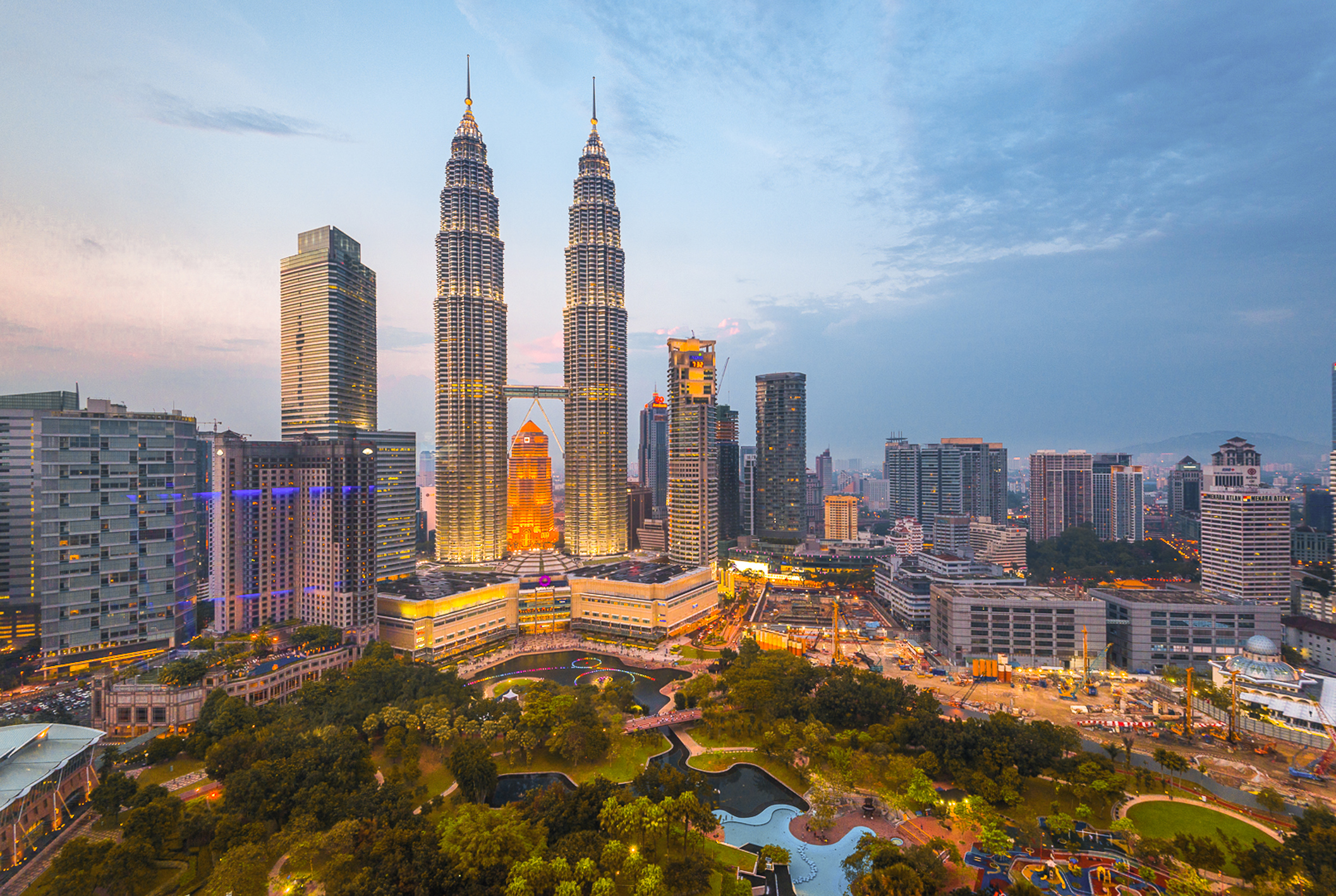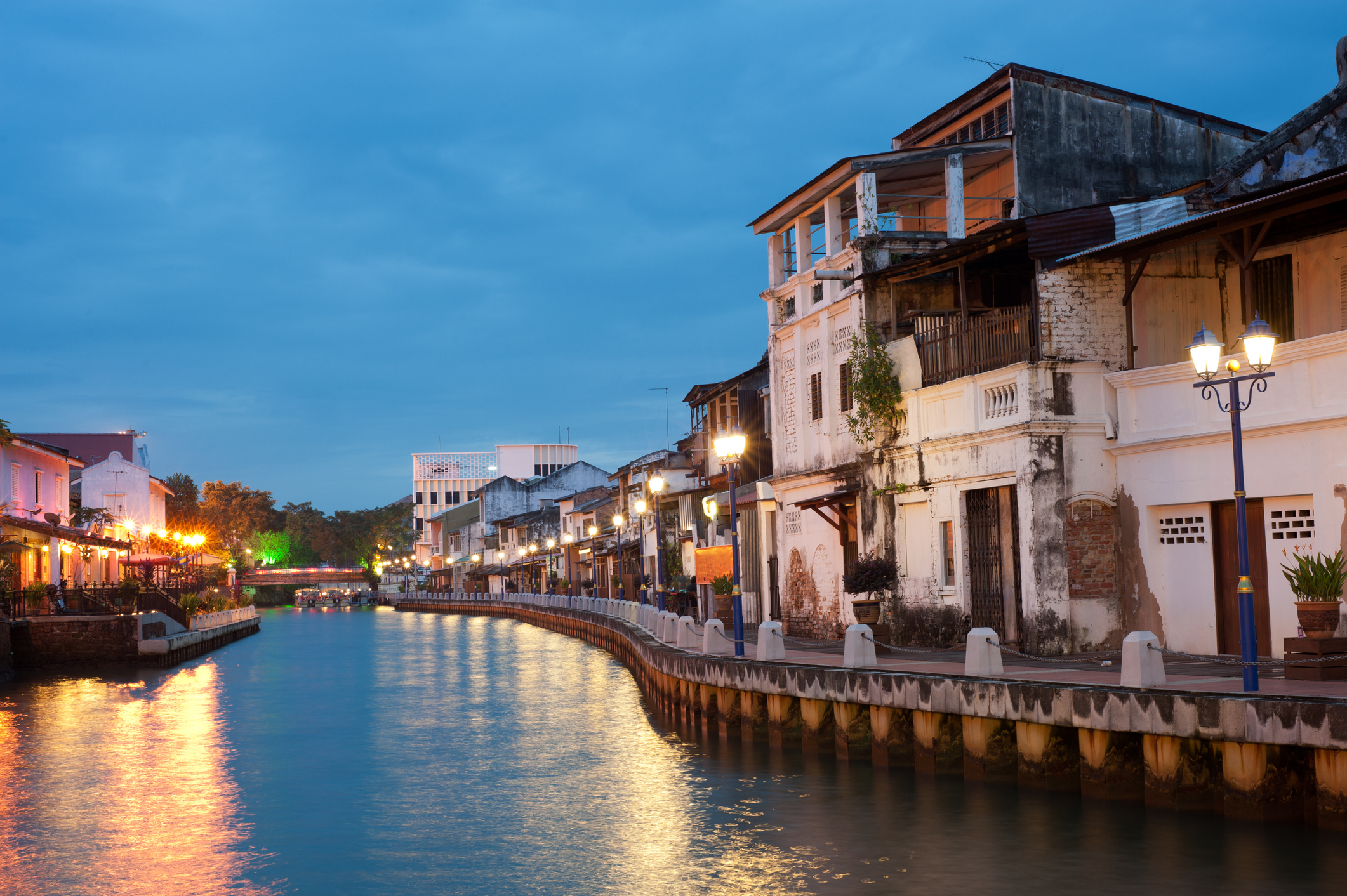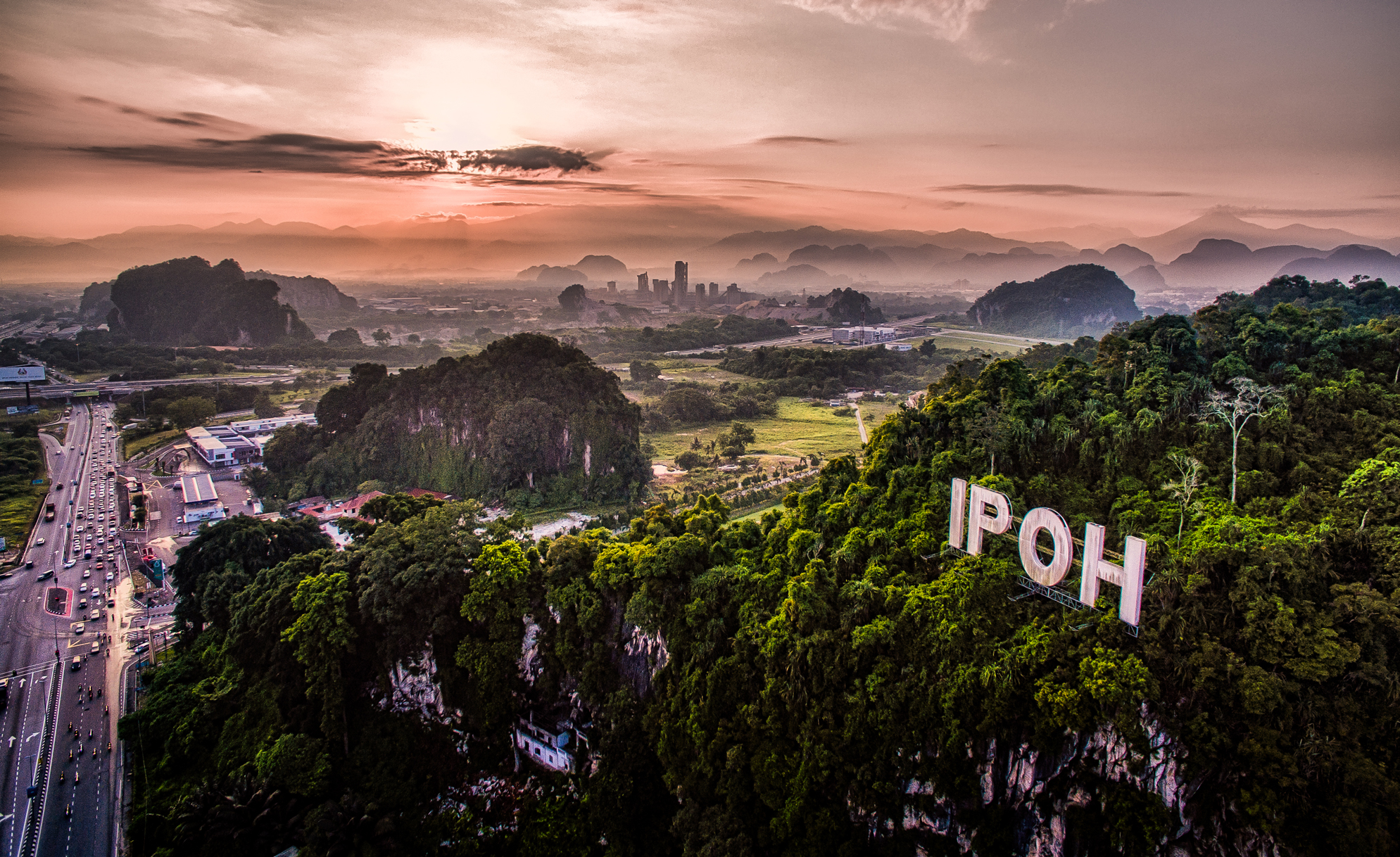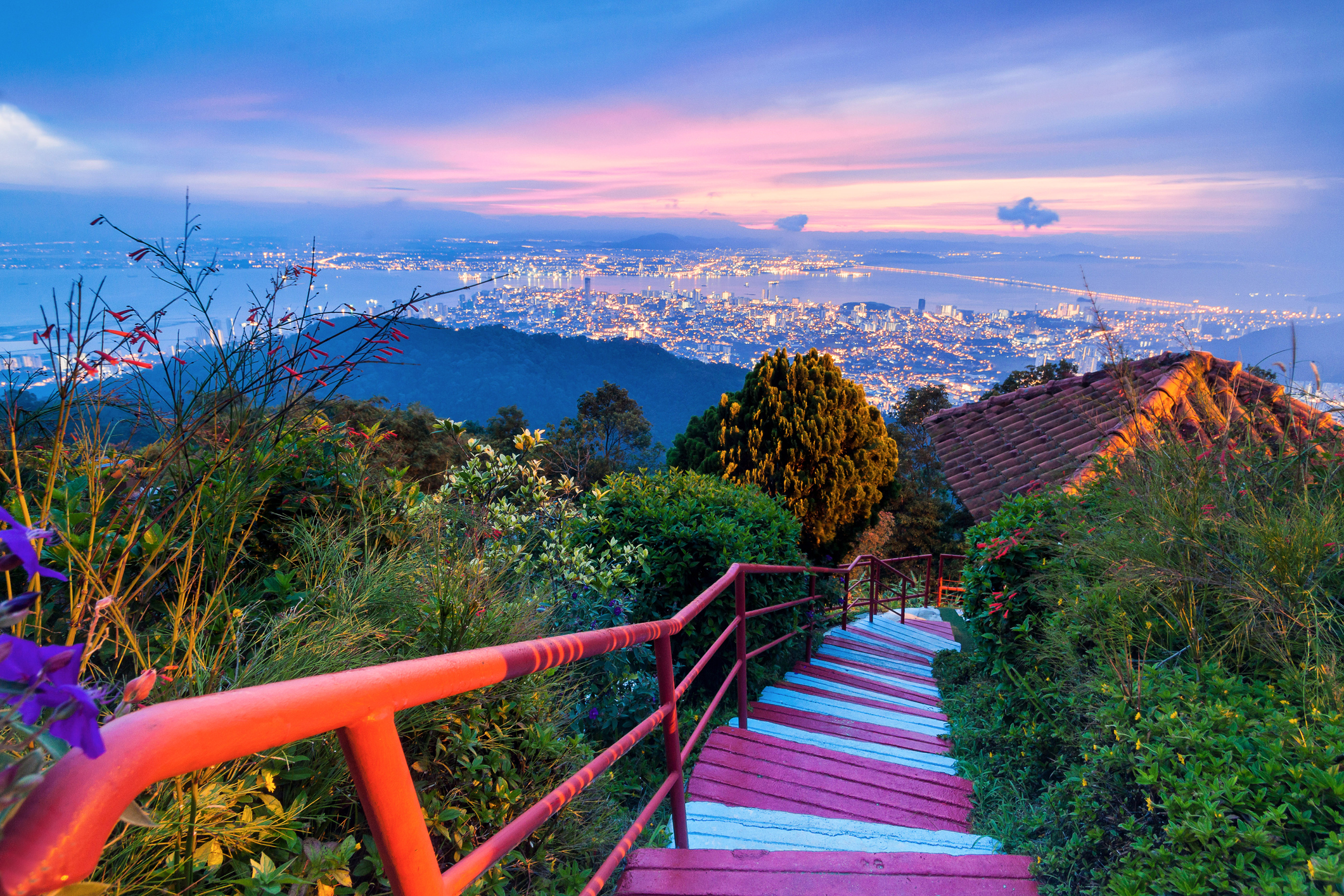
Kuala Lumpur
Kuala Lumpur is a true cultural melting pot, where jade-topped Chinese gates open out onto palm-lined squares, Indian restaurants serve banana leaf curries in marigold-scented alleyways, and old-fashioned Malay villages lie squeezed between the skyscrapers.
It may be a few centuries younger than some Southeast Asian capitals, but Kuala Lumpur (or “KL” as it’s affectionately known) has packed in quite a bit since its establishment in the mid-1800s. Back then, it was a tin-mining town at the muddy confluence of the Gombak and Klang rivers (its name literally means “muddy confluence”). Within a couple of decades, it was to become the capital of British Malaysia – its fire-prone, palm-thatched shacks replaced with Moorish Revival train stations and Mock Tudor sporting clubs.
Today, Kuala Lumpur is one of the economic powerhouses of Asia, and cosmopolitanism is baked into its DNA. Its first inhabitants were Chinese and Malay prospectors; now its population is a mixture of Indians, Eurasians, Peranakans, and indigenous groups. Its streets are an eclectic jumble of temples, minarets and hawker stalls, which fill the gaps between futuristic modern architecture, skyscrapers and shopping malls. Its cuisine is a rich fusion of Cantonese barbecue pork buns, Hokkien noodles, Indian banana leaf curries and Pernakan laksa. Colourful doesn’t even begin to cover it.
In Kuala Lumpur, you'll find street food as good as any in Hanoi or Bangkok, and glitzy megamalls filled with enough contemporary designer fashion to rival Tokyo or Shanghai. You'll find one of the best Islamic Arts Museums in the world, and some of the most ostentatious colonial architecture. You'll even find a traditional Malay village sandwiched between the skyscrapers. Sleek, clean, and plugged-in – yet still bursting with flavours, aromas and humid tropical heat – KL is modern Asian city living at its best.



